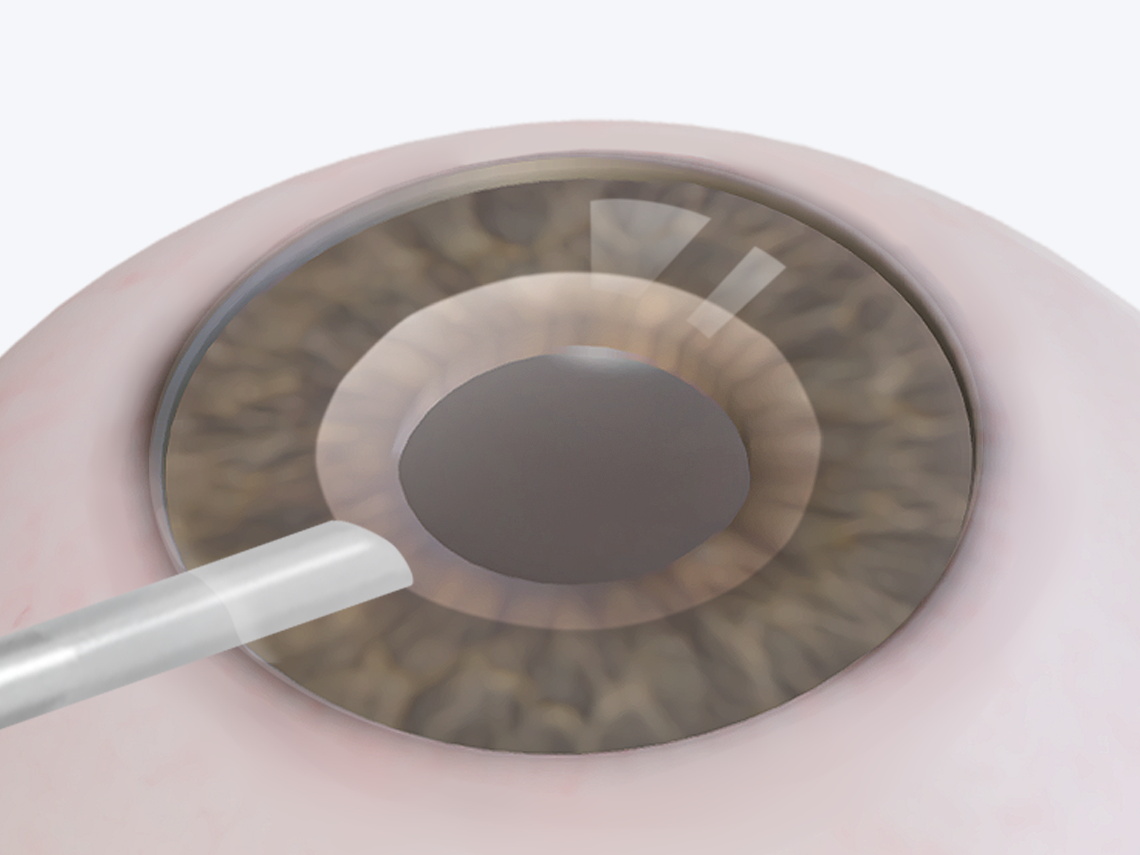How much does laser eye surgery cost?
In general, laser eye surgery can be divided into four types, with the following reference prices: SMILE (small incision lenticule extraction) surgery, priced at approximately 18,000–25,000 yuan per session; LASIK (laser-assisted in situ keratomileusis) surgery, priced at approximately 10,000–16,000 yuan per session; and TransPRK (transepithelial photorefractive keratectomy), priced at approximately 18,000–25,000 yuan per session. Factors affecting the cost of laser eye surgery include the sophistication of equipment, the patient's ocular condition, surgeon experience, and regional differences.
Different types of laser eye surgeries and their reference prices:
Procedure Name |
SMILE (Small Incision Lenticule Extraction) |
LASIK (Laser-Assisted In Situ Keratomileusis) |
TransPRK (Transepithelial Photorefractive Keratectomy) |
Reference Price |
18,000–25,000 yuan/session |
10,000–16,000 yuan/session |
18,000–25,000 yuan/session |
Principle |
A femtosecond laser creates a small "lens" inside the cornea, which is then removed to alter the cornea’s refractive power. |
A femtosecond laser first creates a corneal flap, followed by excimer laser ablation of the corneal stroma. |
The laser directly treats through the corneal epithelium, simultaneously removing the epithelium and correcting refractive errors. |
Illustration |
|
|
|
Suitable Candidates |
Patients with myopia under 900 degrees, sufficient corneal thickness, athletes, military personnel, etc. |
Patients requiring correction across a wide range of refractive errors who meet corneal requirements for laser surgery. |
Patients with mild to moderate myopia and insufficient corneal thickness for SMILE or LASIK. |
Recovery Period |
1–2 days |
1–2 days |
3–5 days |
Duration of Effect |
25–30 years |
25–30 years |
25–30 years |
Advantages |
1. Small incision |
1. Lower risk |
1. Relatively stable |
Potential Risks |
1. Corneal flap complications |
1. Flap displacement |
1. Possible impact on visual quality |
Factors influencing the cost:
1. Equipment Sophistication
Laser eye surgery requires highly precise ophthalmic medical devices. The advancement of equipment affects not only surgical accuracy and safety but also directly influences the procedure cost. Advanced equipment involves higher investment costs, leading to correspondingly higher surgical fees.
2. Patient's Ocular Condition
The patient’s eye health is another key factor affecting the price. If the patient has complex conditions—such as thin corneas, high myopia, or other ocular diseases—the surgical difficulty and risks increase, resulting in higher costs.
3. Surgeon Experience
The surgeon’s experience and technical skill significantly impact surgical success rates and outcomes. Highly experienced surgeons typically achieve higher success rates and better patient satisfaction, and thus may charge higher fees.
4. Regional Differences
Prices vary due to differences in local living costs and economic development levels. Generally, procedures in economically developed regions are more expensive than in less developed areas.
When choosing a surgical option, patients should comprehensively consider their individual eye conditions and financial situation, and seek treatment at reputable, professional ophthalmic hospitals.








